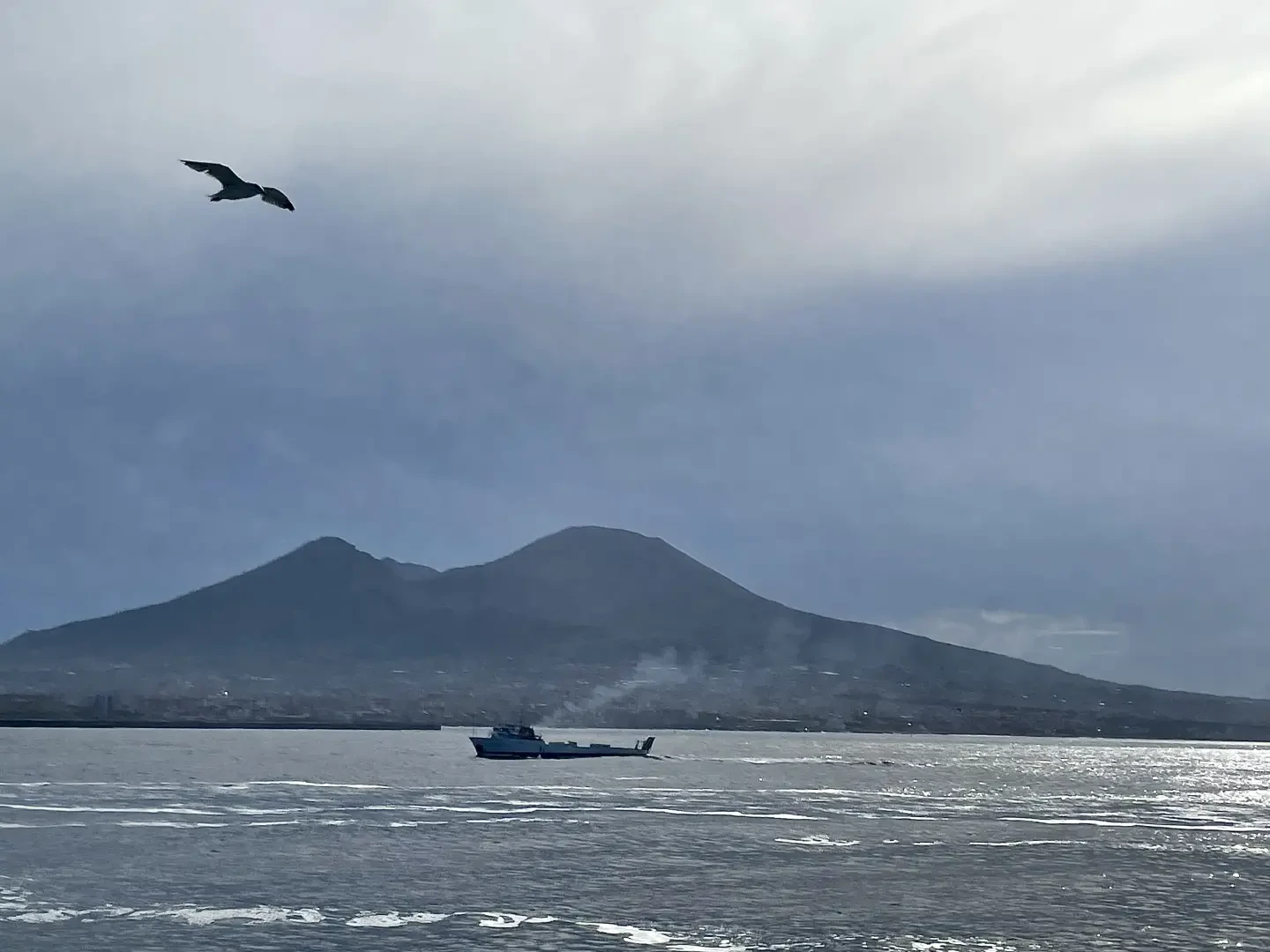Campania

Access
The connections with Campania are guaranteed by modern infrastructure: the international airport of Naples-Capodichino, the high-speed railway network along the Rome-Naples-Salerno axis, the motorways and ports that connect it to the Mediterranean.
Introduction
Campania is a region in southern Italy that faces the Tyrrhenian Sea, extending from the mouth of the Garigliano River to the Gulf of Policastro. It is a land rich in contrasts and natural beauty, marked by the presence of Vesuvius, a volcano that is both a symbol and an element of risk and fertility. The region is characterised by a mild Mediterranean climate, jagged and enchanting coastlines, famous islands such as Capri, Ischia and Procida, and a hilly and mountainous hinterland that preserves a historical and natural heritage of great value.
Description
Naples, the capital, is the beating heart of Campania, a vibrant and complex city that has influenced Italian culture for centuries with its music, theatre, cuisine and popular traditions. The city is dominated by Mount Vesuvius and overlooks its famous gulf, one of the most famous landscapes in the world. The Amalfi Coast, with its terraced villages between the sea and the mountains, and Sorrento, perched on a tufa promontory overlooking the sea, complete a landscape that is one of the most evocative in the Mediterranean.
The Campania region alternates between flat areas, hills cultivated with vines and citrus fruits, and mountainous reliefs such as the Matese and Picentini massifs. The Gallinola, at 1,923 metres, marks the highest elevation in the region. The Mediterranean vegetation, with its scents of lemons, oranges and olives, accompanies the coasts, while the interior preserves forests and protected areas of considerable environmental interest.
Campania has been a crossroads of civilisations over the centuries: from the Greek settlements of Cumae and Paestum, to the Roman era testified by Pompeii and Herculaneum, to the Middle Ages and the Bourbon era with the construction of the Royal Palace of Caserta, an imposing royal residence that is now a UNESCO heritage site. The historical-artistic heritage is immense and includes the Certosa of Padula, the medieval castles, the Romanesque cathedrals of Amalfi and Salerno, and the numerous historical centres of value.
The Campanian economy is traditionally based on agriculture, with typical products such as buffalo mozzarella from Campania, lemons from Sorrento and the Coast, hazelnuts from Avellino and wines from the hills of Benevento and Irpinia. Industry is concentrated mainly in the metropolitan area of Naples and Salerno, while tourism plays a central role thanks to the charm of the coastline, the islands and the archaeological and artistic heritage.
Campania's culture is expressed in many forms: from popular music to Neapolitan song, from theatre to the religious and popular festivals that mark the annual calendar. The cuisine is one of the best known in Italy and the world, with pizza as the signature dish, flanked by artisanal pasta, sweets such as sfogliatella and baba, and seafood specialities.
Tour itineraries range from the slopes of Vesuvius to the trails of the Amalfi Coast, to inland mountains such as the Matese. The islands offer scenic and nature trails, with Capri and the Grotta Azzurra, Ischia and its thermal baths, Procida with its fishing villages.
Information
Capital:Naples
Area: 13,595 sq. km
Minimum elevation: -2m
Maximum elevation: La Gallinola (1923m)
Number of inhabitants: 5,869,965 (as of 31.12.13)
Name in dialect: Campania
Inhabitants: Campani
Provinces:Province of Avellino, Province of Benevento, Province of Caserta, Metropolitan City of Naples, Province of Salerno
Municipalities: 550
Bordering regions: Basilicata, Lazio, Molise, Apulia
Institutional site: www.regione.campania.it